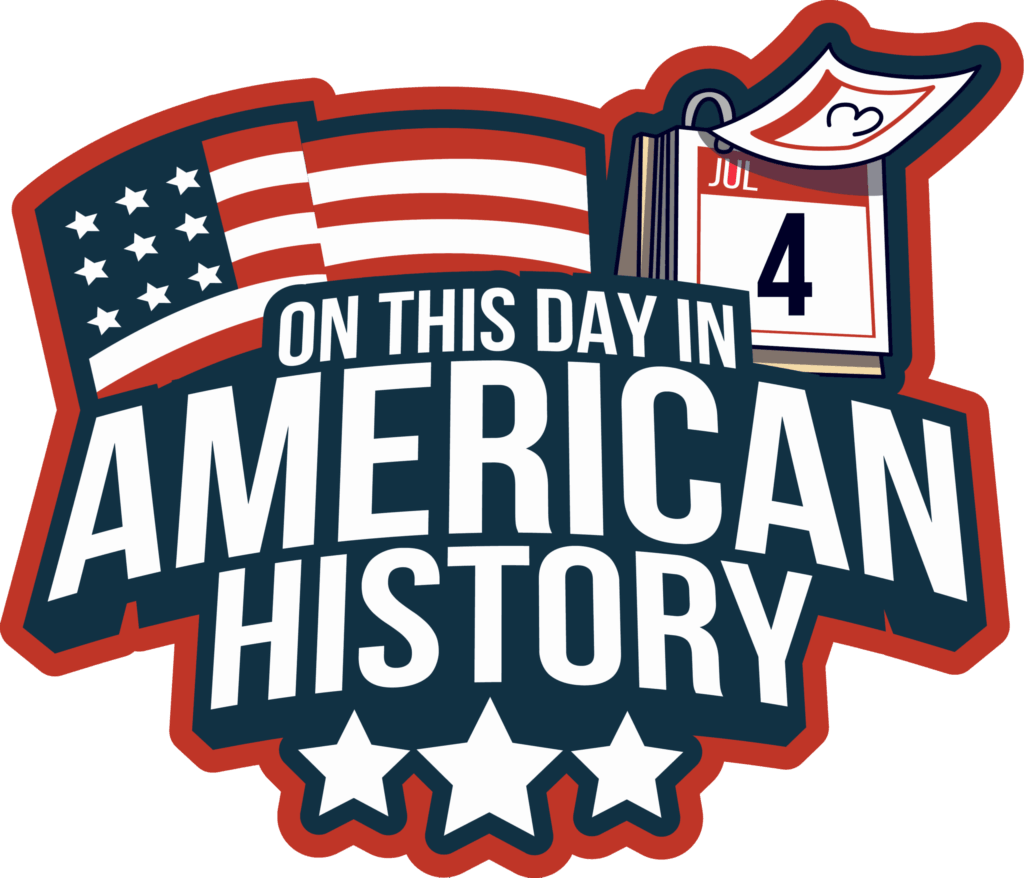
On November 15, 1904, King C. Gillette patented a safety razor that used a double-edged disposable blade, an invention welcomed by men as an alternative to stropping their straight razors. The picture of Gillette, shown here, appeared with his signature on every pack of his blades. Image from LOC via Wikimedia Commons, public domain in the US.
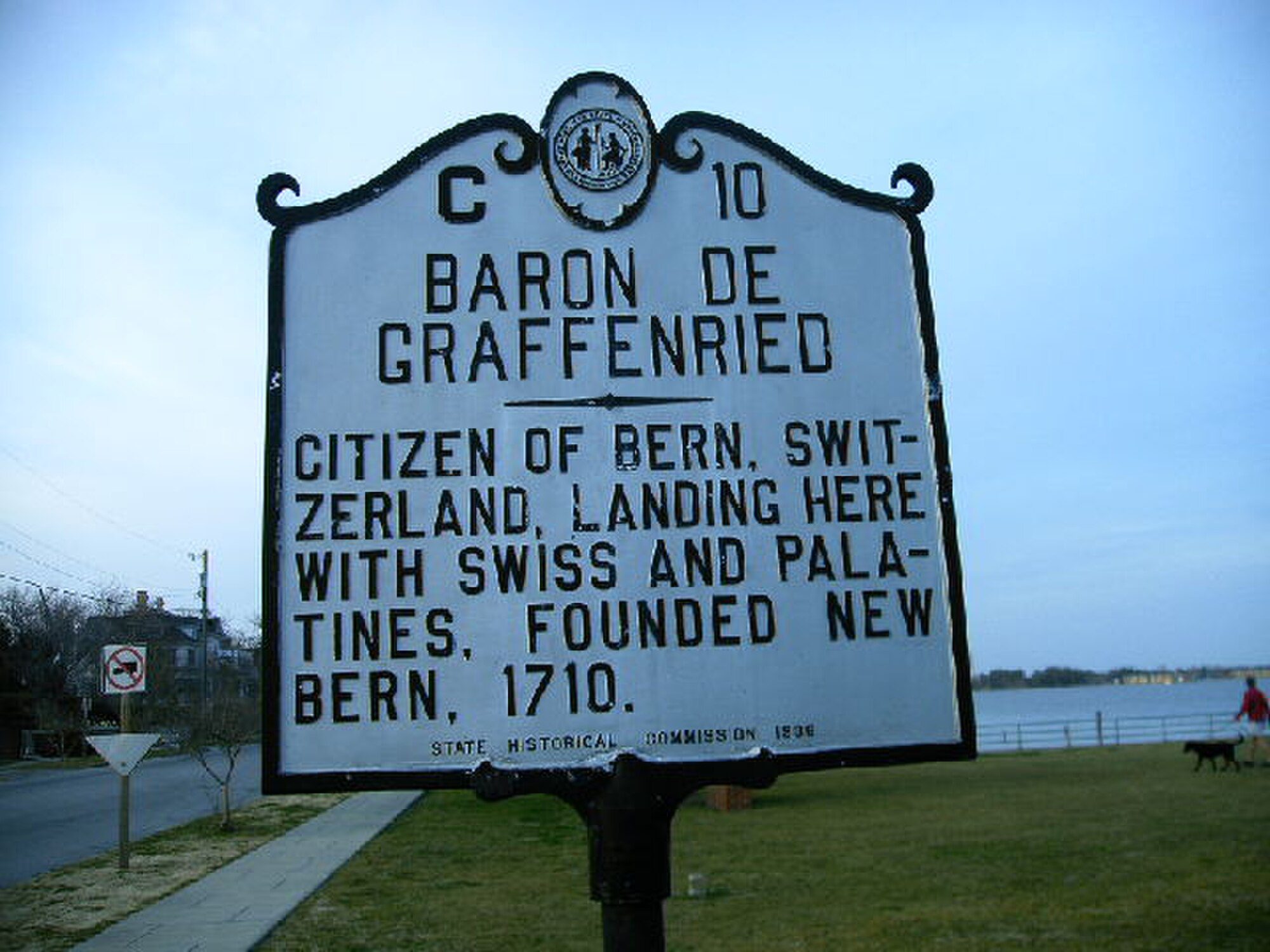
The founder of New Bern, North Carolina, Christoph von Graffenried, 1st Baron of Bernberg, was born in Bern, Switzerland on November 15, 1661. Image via Wikimedia Commons, public domain
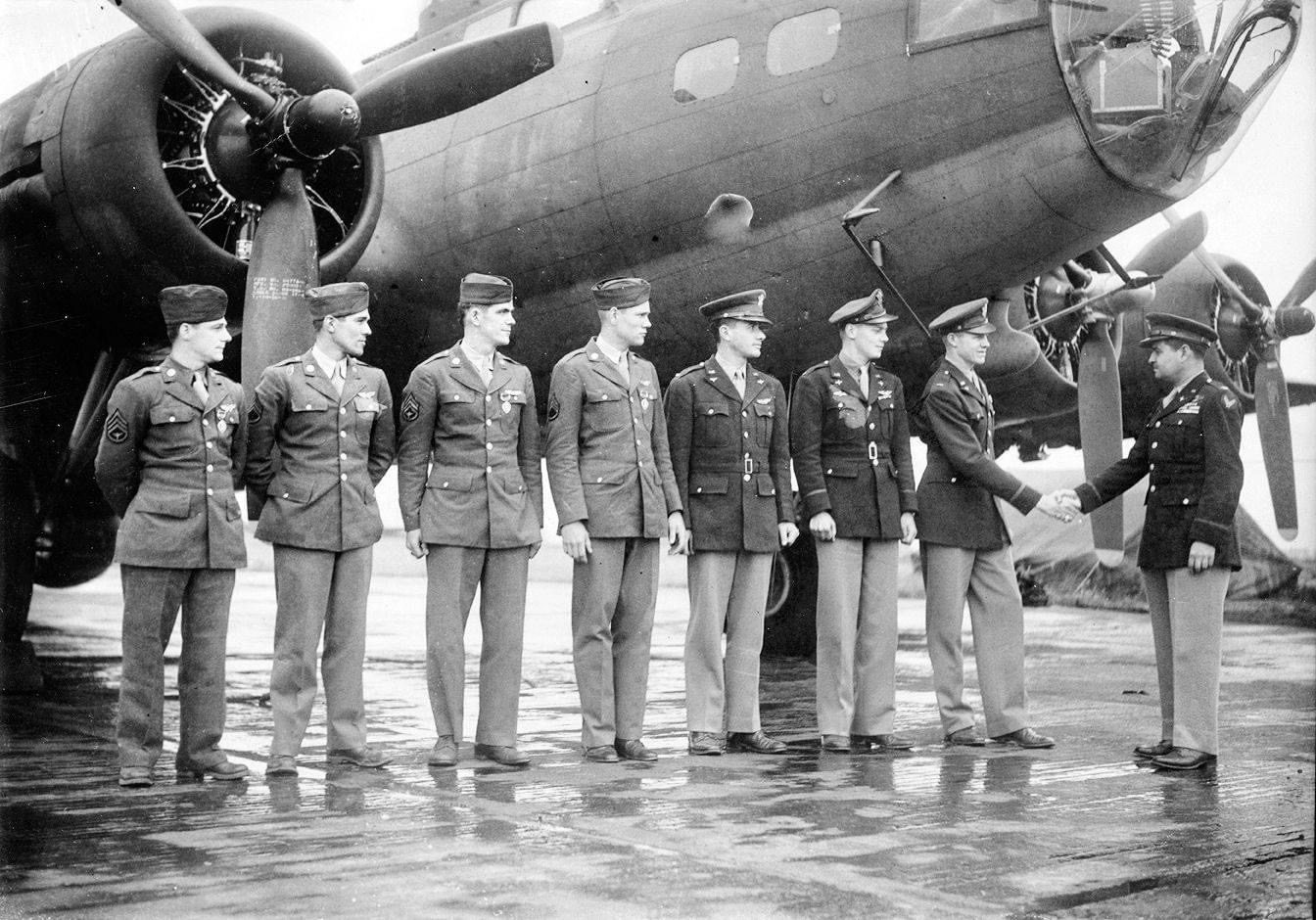
Colonel Curtis LeMay commending this Flying Fortress crew following their daring mission during WWII. The crew pictured shot down numerous enemy aircraft before getting hit and crashing into the ocean. They spent thirty hours in the open sea before being rescued. Curtis LeMay was born on November 15, 1906 in Columbus, Ohio. Image via Wikimedia Commons, public domain
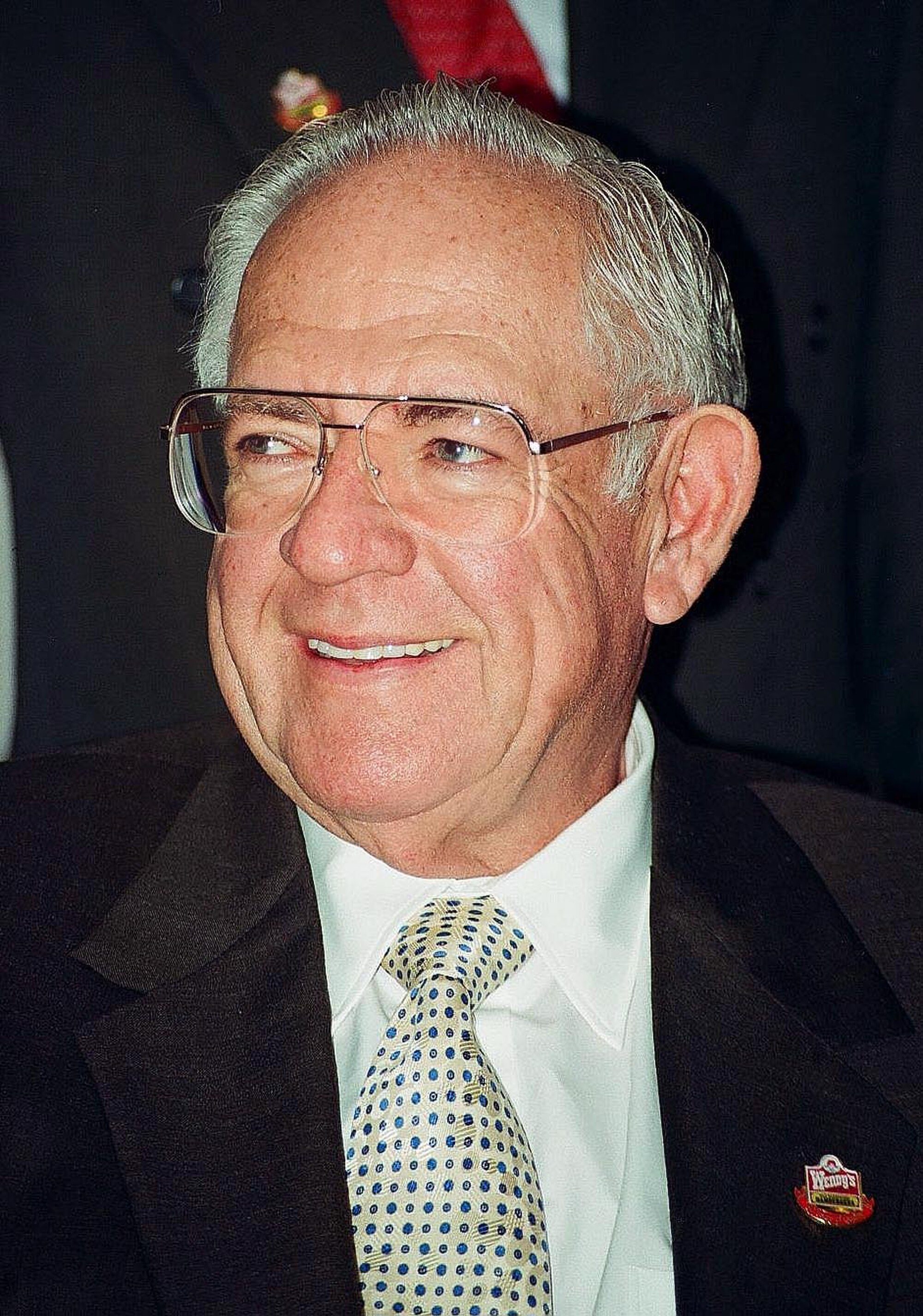
U.S. Army veteran Dave Thomas opened his first Wendy’s restaurant in Columbus, Ohio on November 15, 1969. Image of Dave Thomas from John Mathew Smith & www.celebrity-photos.com from Laurel Maryland, USA via Wikimedia Commons, CC BY 2.0

“Then General Sherman, with his staff and bodyguard, gave a last look, and took his road to Macon. “Let Hood go North; our business is down South,” was his brief comment upon the rebel general’s movements. The torch was applied to the public buildings and railroad depots, flinging at night a lurid light over the dismantled ruined fortifications, and upon the surrounding hills. The scene was grand and awful, memorable to all who witnessed this burning of the “Gate City.” No private residences were designedly given to the flames. “The evidence of the rebels themselves has since appeared to show, that though Atlanta had been besieged, captured, and depopulated, there was no heartless or unavoidable destruction of private property, such as the enemy have delighted to charge upon General Sherman. Thus abandoned, it was left in the rear of our army, whose face was now seaward, and the hand of time, with a higher degree of civilization, can only efface the marks inflicted by a warlike occupation. Before the war Atlanta was one of the most thriving inland cities of the South, and contained 12,000 inhabitants. “The rebels at Richmond received their first news of Sherman’s departure from Atlanta, from the North, but refused to place confidence in it. ‘It is a big Yankee lie,’ said the Richmond Examiner , ‘ and if Sherman really has burnt Atlanta, it is to cover a retreat northward, to look after Hood.’ ‘But if Sherman is really attempting this prodigious design,’ it continued, ‘his march will only lead him to the “Paradise of Fools.” The more Southern papers, those of Augusta, Savannah, etc., were alike incredulous with those of Richmond, upon the receipt of the first news of Sherman’s movement. ‘It is rumored that Atlanta is evacuated,’ said’ the Augusta Chronicle, of November 15, ‘and we trust the rumor will prove correct.’ The same paper of November 18, implores the citizens of Augusta to ‘look at the situation without nervousness or fear — pray to God, but keep your powder dry — meet the storm like men — it’s always darkest just before day.’ It is only necessary to follow Sherman’s course, to note the precision with which he moved, the width of country which he covered, and the directness of his march upon his objective point, to realize the impotency of all the shrieks, invocations, and proclamations that only spoiled so much valuable paper in the Confederacy. While the heavens hung like curtains of glowing crimson above and around the circular theatre of ruin, whose cinders shot through the hot atmosphere continually, the fine band of the Thirty-third Massachusetts were playing, “John Brown’s soul goes marching on!” The effect was awfully grand ; the strange stirring anthem rising over the advance of that mighty host whose way was flashing with the torchlights of burning buildings” On November 15, 1864 General Sherman began his march to the sea. from: Life and military career of Major-General William Tecumseh Sherman by P.C. Headley, published in 1865 https://archive.org/details/lifemilitarycare00head/page/261/mode/1up?q=November&view=theater Source says no known restrictions Image via Alamy

Mary Pickford leans toward the ear of newspaper editor Hope Ridings at a women’s luncheon in Washington D.C. – November 15, 1938 via Library of Congress, no known restrictions
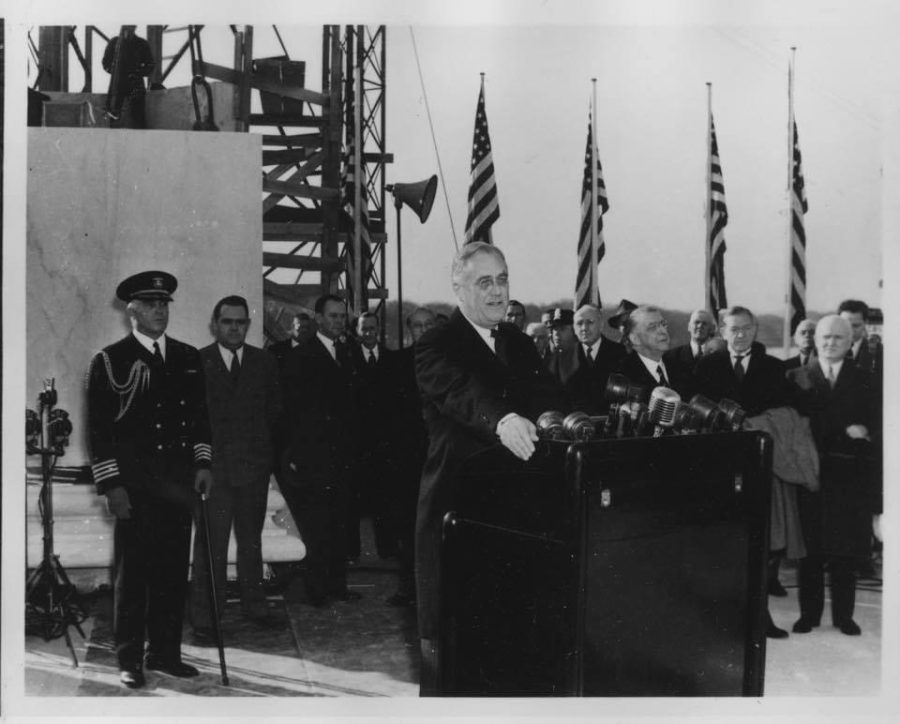
On November 15, 1939, President Franklin Delano Roosevelt laid the cornerstone of The Jefferson Memorial in Washington D.C. during a ceremony held at the site. Image: Franklin D. Roosevelt at The Jefferson Memorial cornerstone laying via Wikimedia Commons, public domain
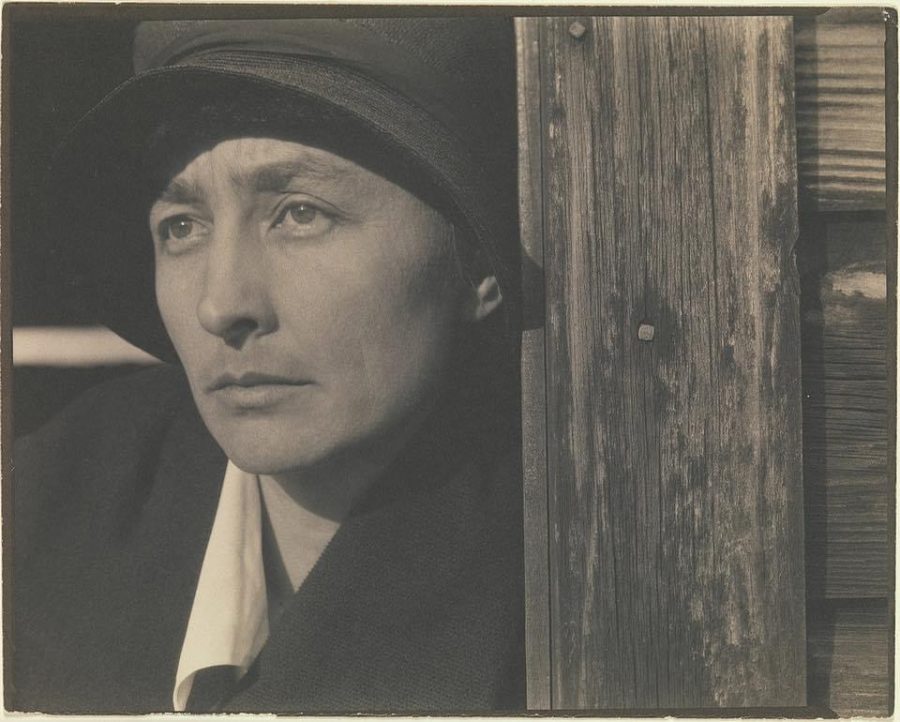
On today’s date November 15, 1887: American artist Georgia Totto O’Keeffe was born in the town of Sun Prairie, Wisconsin. Quote: “Color is one of the great things in the world that makes life worth living…” Image: Georgia O’Keeffe in 1922 by Alfred Stieglitz via Wikimedia Commons, public domain
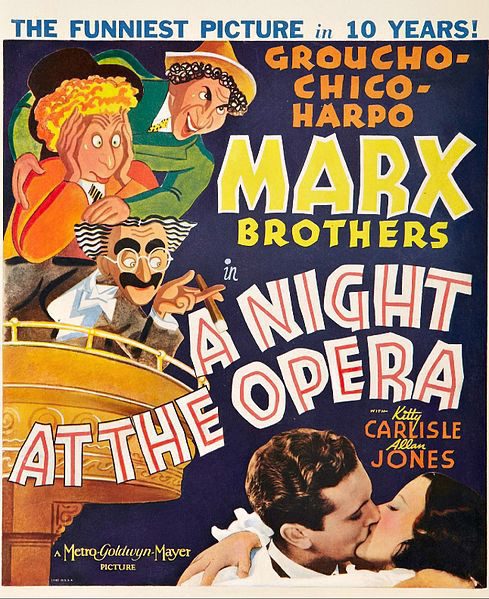
“A Night at the Opera” was released on November 15, 1935 and was the first film the Marx Brothers made without Zeppo. Although a madcap comedy (famous for its “stateroom scene”), the film did incorporate scenes from operas and stars Kitty Carlisle and Allan Jones were classically-trained singers. Wikimedia Commons, no known copyright, public domain in the US.

On November 15, 1806, Zebulon Pike spotted a high mountain in present day Colorado. It was later named Pike’s Peak. Image of Pike’s Peak from The Garden of The Gods c. 1880 via Wikimedia Commons, public domain


